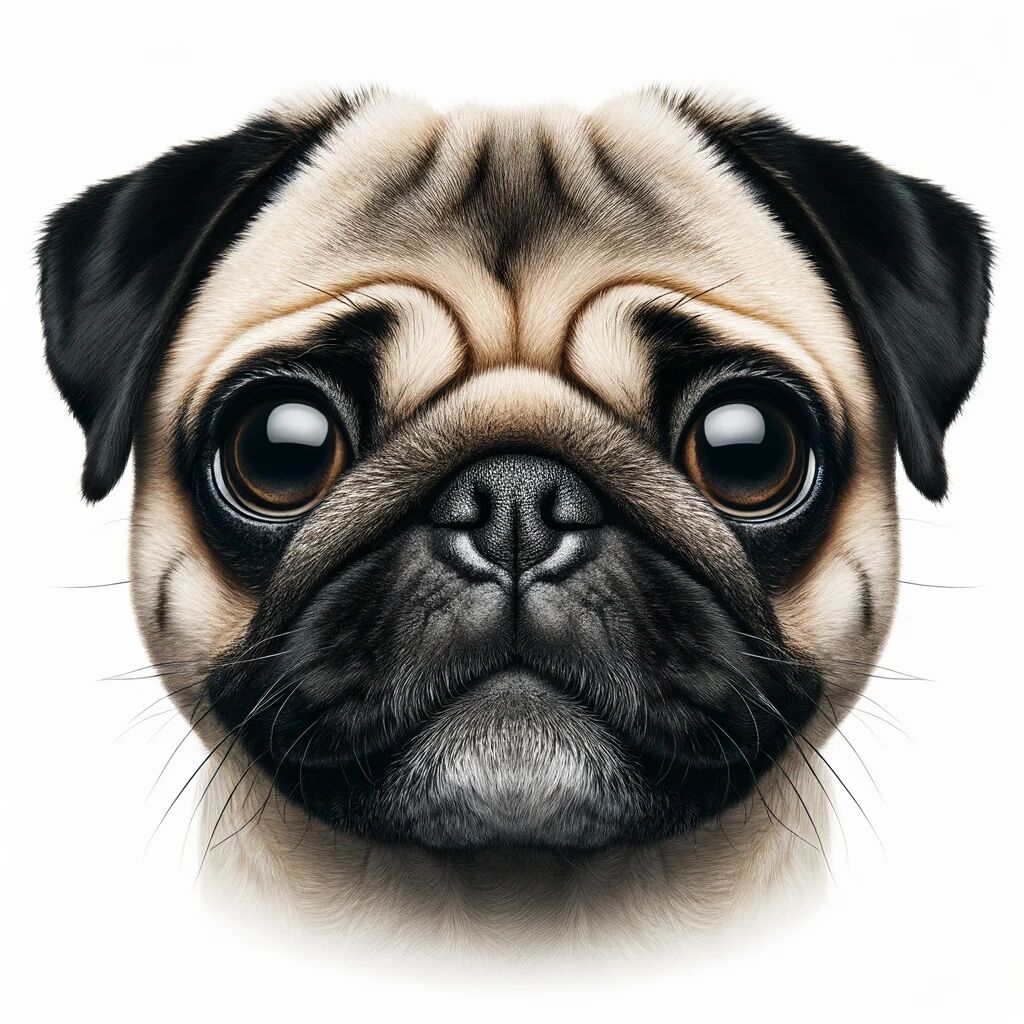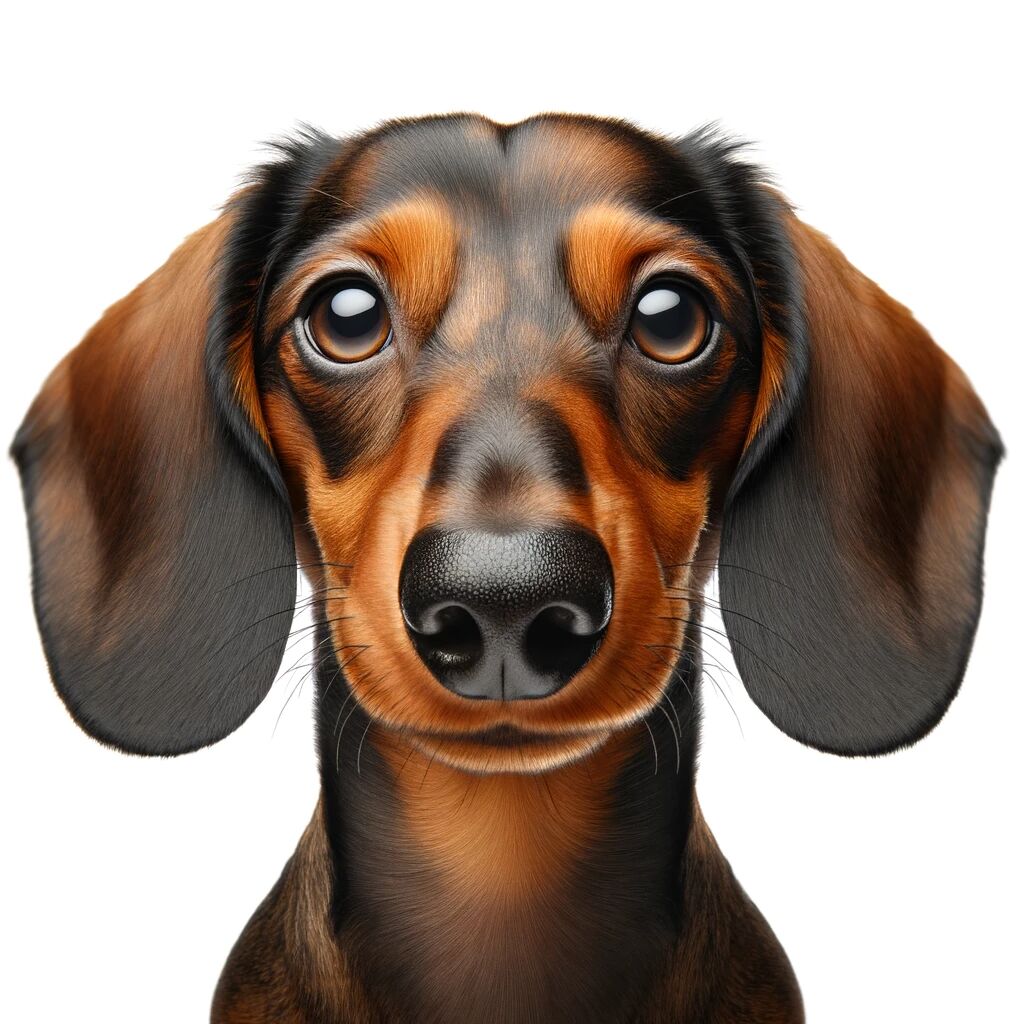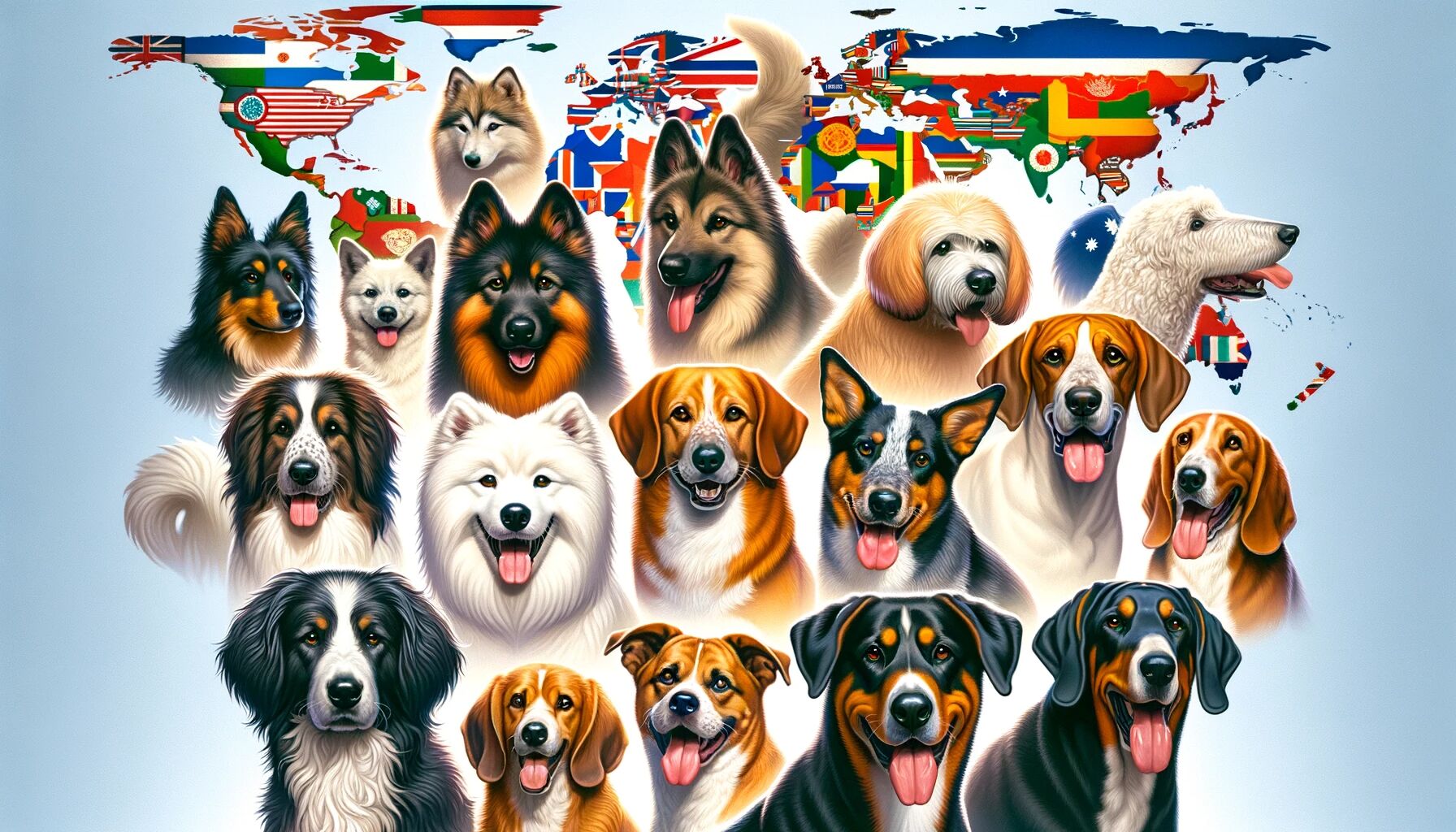Pug vs Dachshund: Choosing the Right Companion for You
Discover the unique qualities and differences between the Pug and Dachshund breeds.
Welcome to our detailed comparison of the Pug and Dachshund. Whether you're considering which breed to welcome into your home or simply curious about their differences, this guide offers an in-depth look at their characteristics, temperaments, and care needs.

Pug

Dachshund
Comparing Pug and Dachshund: A Detailed Overview
When considering the Pug and the Dachshund, we find unique and intriguing differences and similarities. Both breeds have their distinctive charm and characteristics, making them beloved by many.
The Pug stands out with its moderate energy level, contrasting the Dachshund's high energy level.
The Pug has a high shedding level, differing from the Dachshund which shows a moderate shedding level.
Both the Pug and the Dachshund require moderate grooming, making their care needs somewhat similar.
Training both the Pug and the Dachshund is similarly average, suggesting they have comparable learning abilities.
Neither the Pug nor the Dachshund are recommended for families with children, requiring more careful consideration for households with young members.
Both breeds are not hypoallergenic, which is an important factor for owners with allergies.
Both the Pug and the Dachshund fall into the Small category, making them similar in physical stature.
The expected lifespan of the Pug is 13-15 years, which differs from the Dachshund that generally lives for 12-16 years years.
Concluding, the Pug and Dachshund each offer unique qualities and advantages. Your final choice should reflect your personal lifestyle, home environment, and the qualities you value most in a canine companion.
Comparative Overview
| Feature |
 Pug
Pug
|
 Dachshund
Dachshund
|
|---|---|---|
| Size | Small | Small |
| Lifespan | 13-15 years | 12-16 years |
| Temperament | Playful, Affectionate, Charming | Playful, Curious, Brave |
| Energy Level | moderate | high |
| Shedding Level | high | moderate |
| Grooming Needs | moderate | moderate |
| Trainability | average | average |
| Good with Children | okay | okay |
| Hair Length | Short | Short to Long |
| Hair Type | Smooth | Varies |
| Hypoallergenic | not hypoallergenic | not hypoallergenic |
| Food Requirements | Balanced diet appropriate for small breeds, mindful of their tendency to gain weight easily. | Well-balanced diet appropriate for their size, with care to avoid overfeeding due to their propensity for obesity. |
Conclusion
Both the Pug and Dachshund have unique qualities that make them beloved by many. Choosing the right breed depends on your lifestyle, space, and the time you can dedicate to grooming, training, and exercise. Consider all aspects to find the perfect furry companion for your home.
Test your knowledge
 Breeds of the World
Breeds of the World